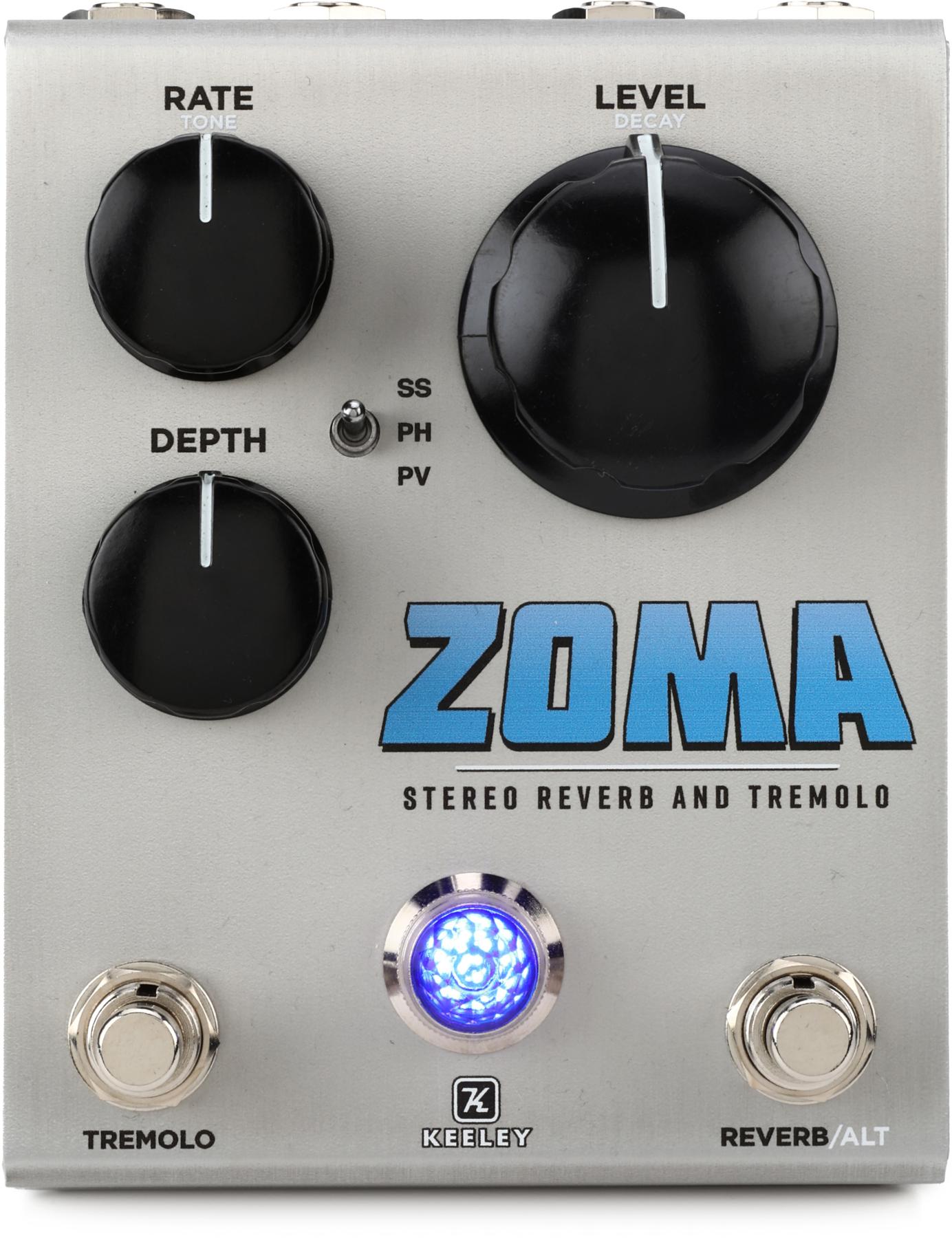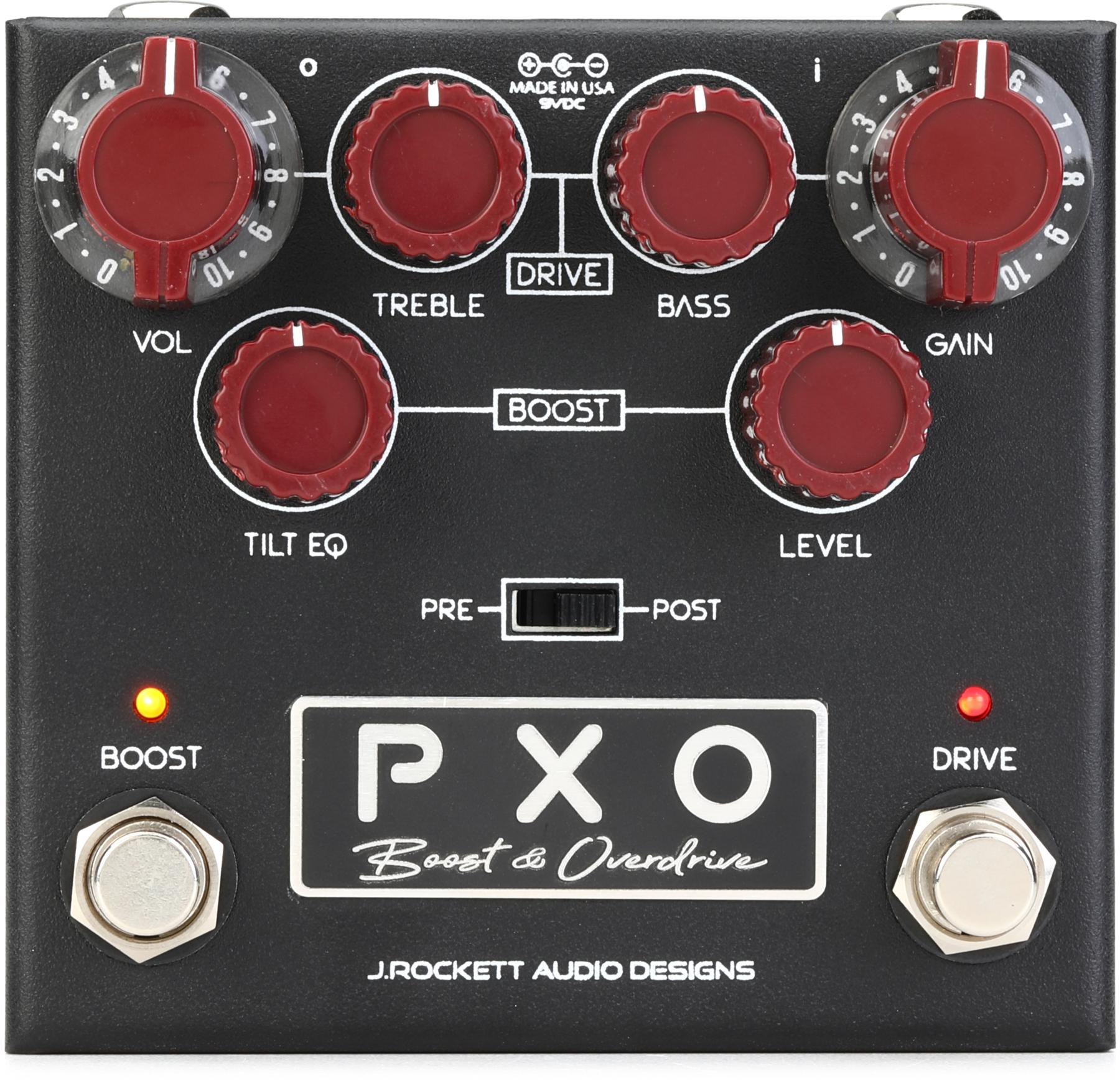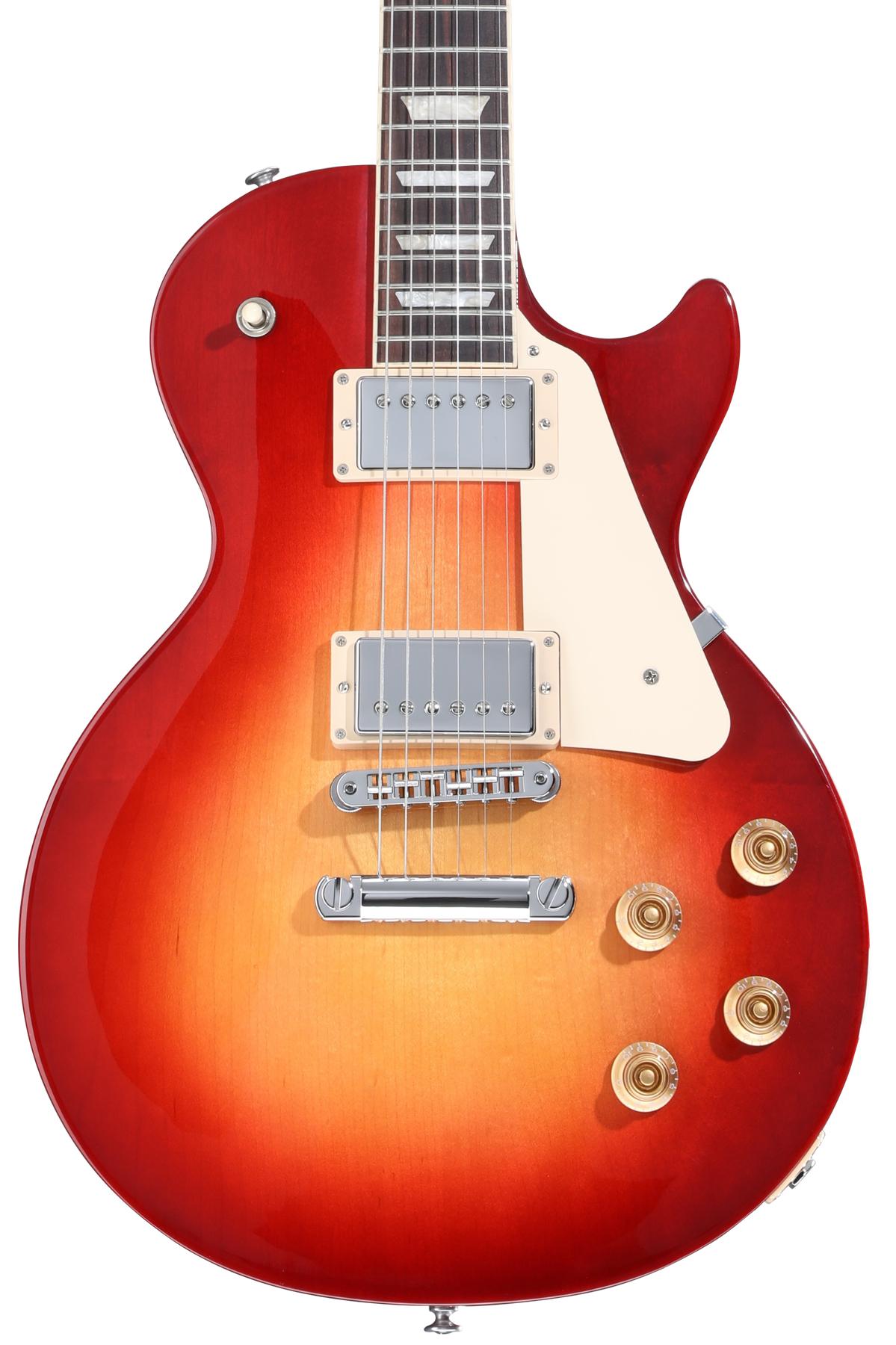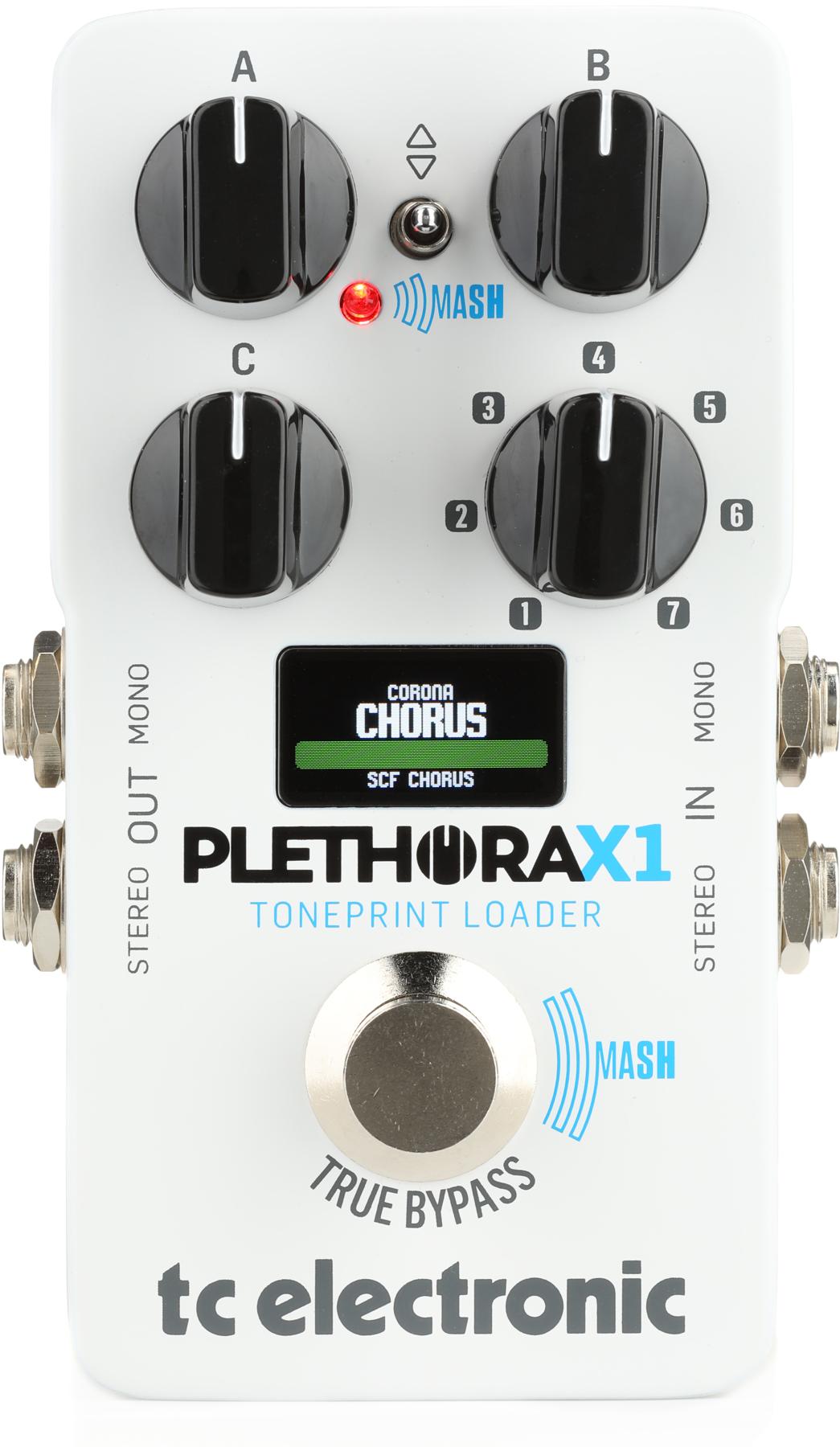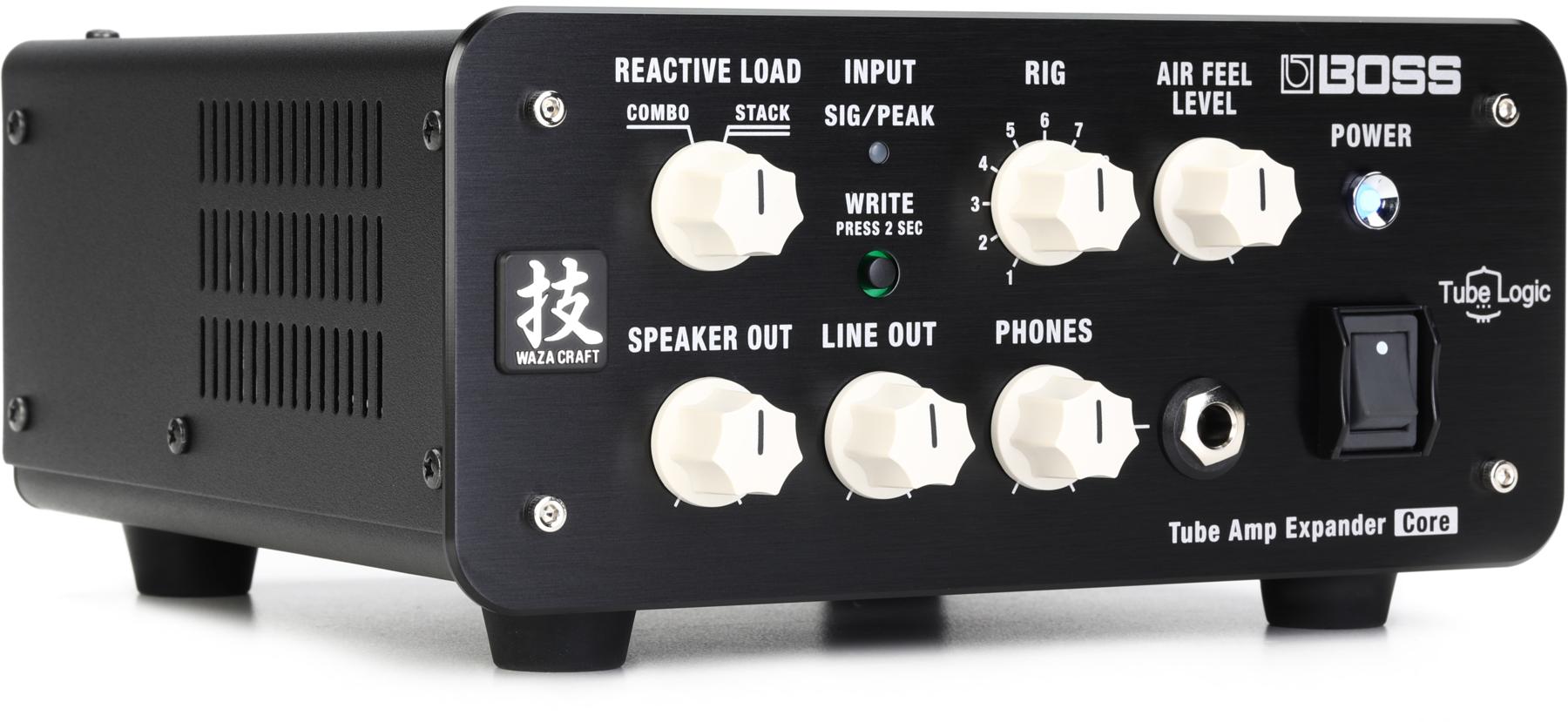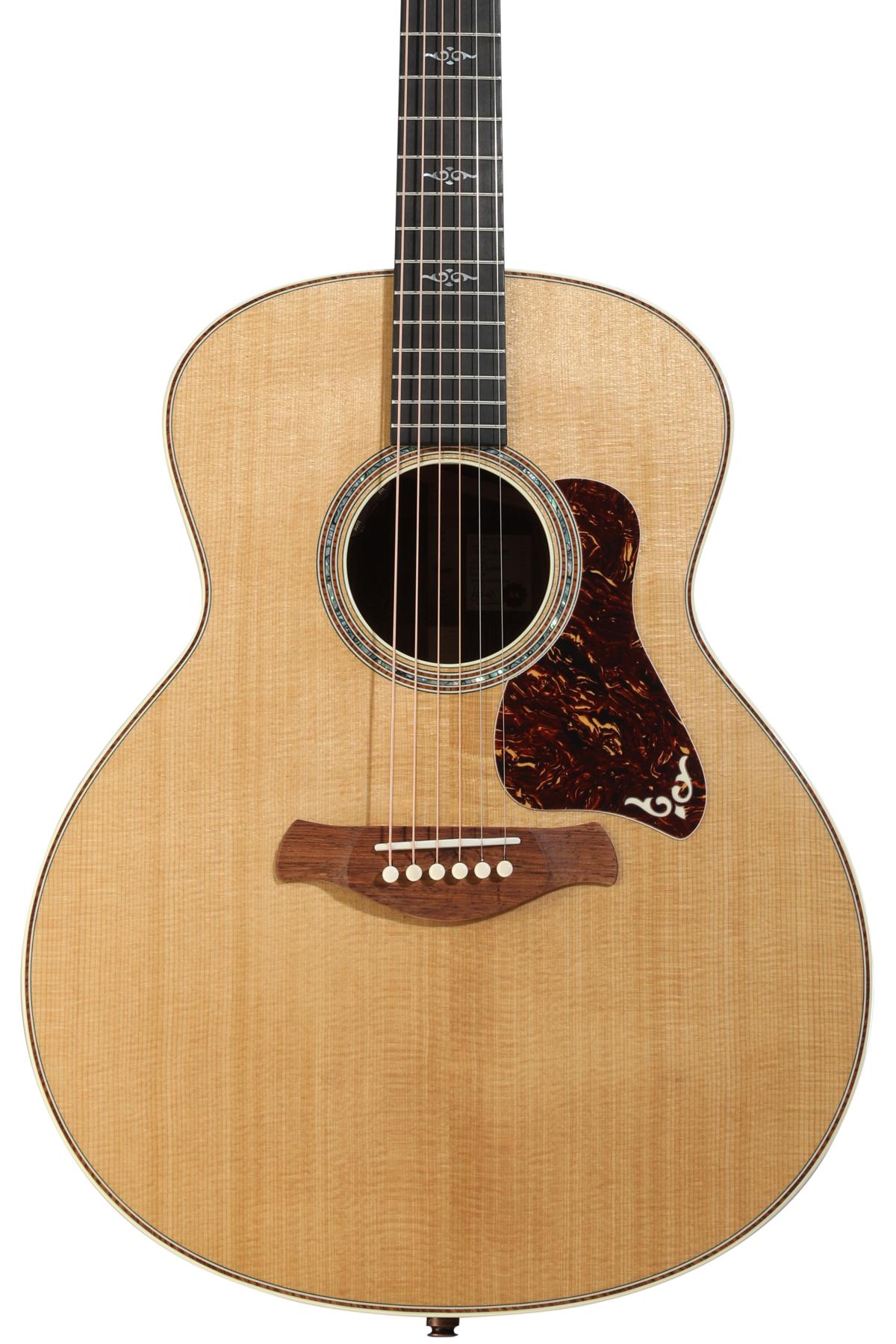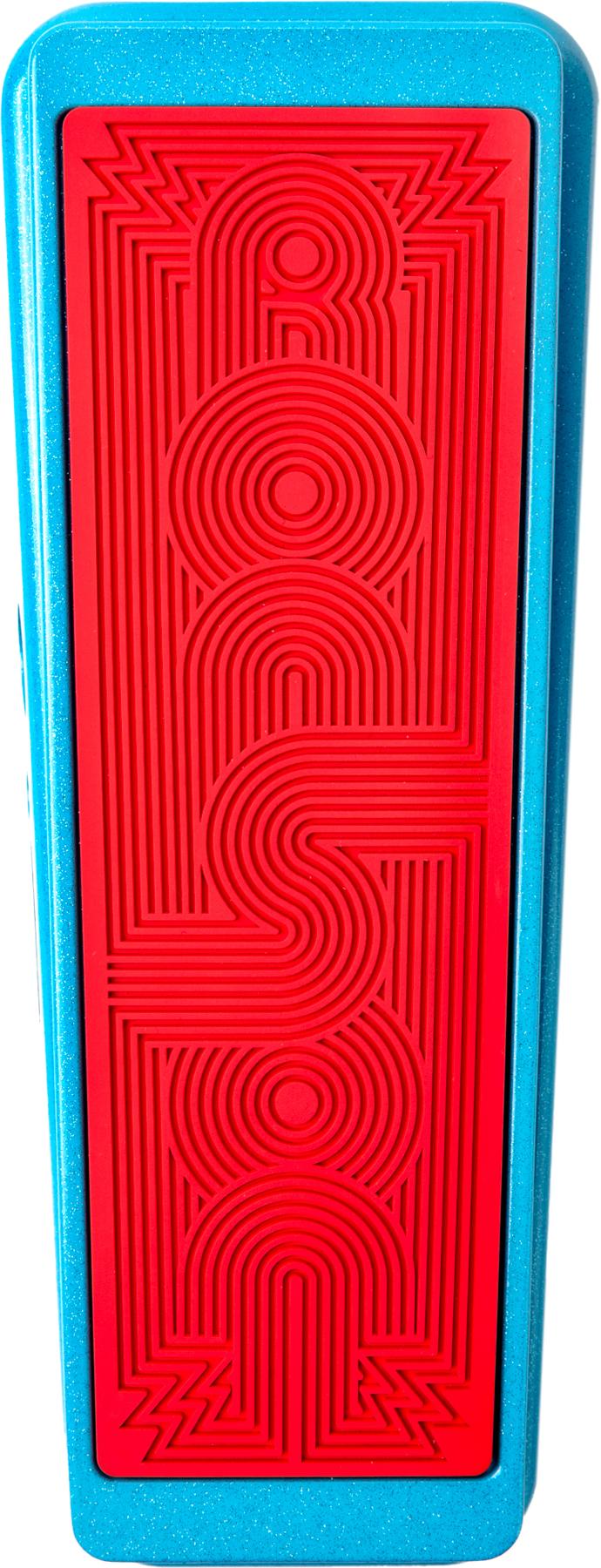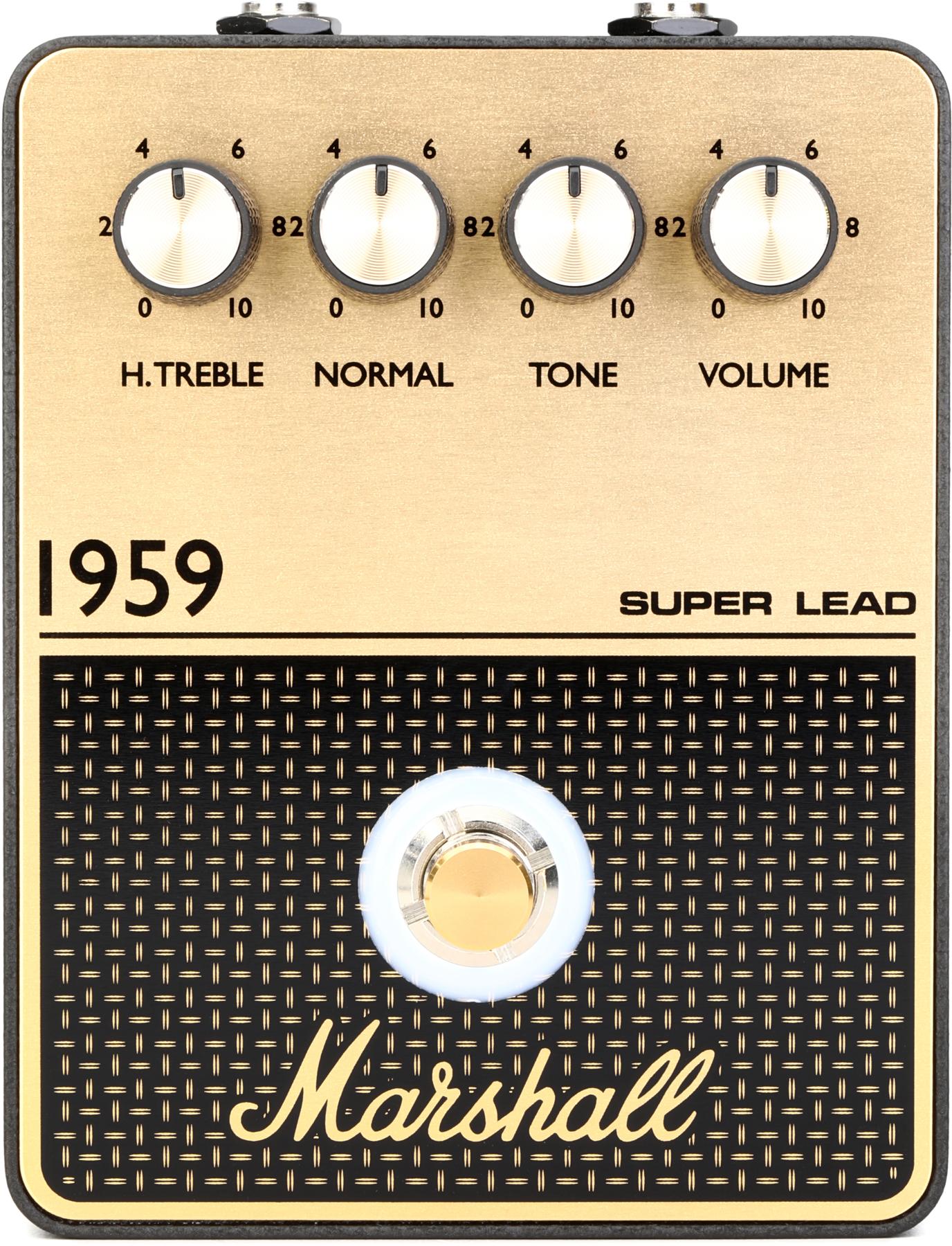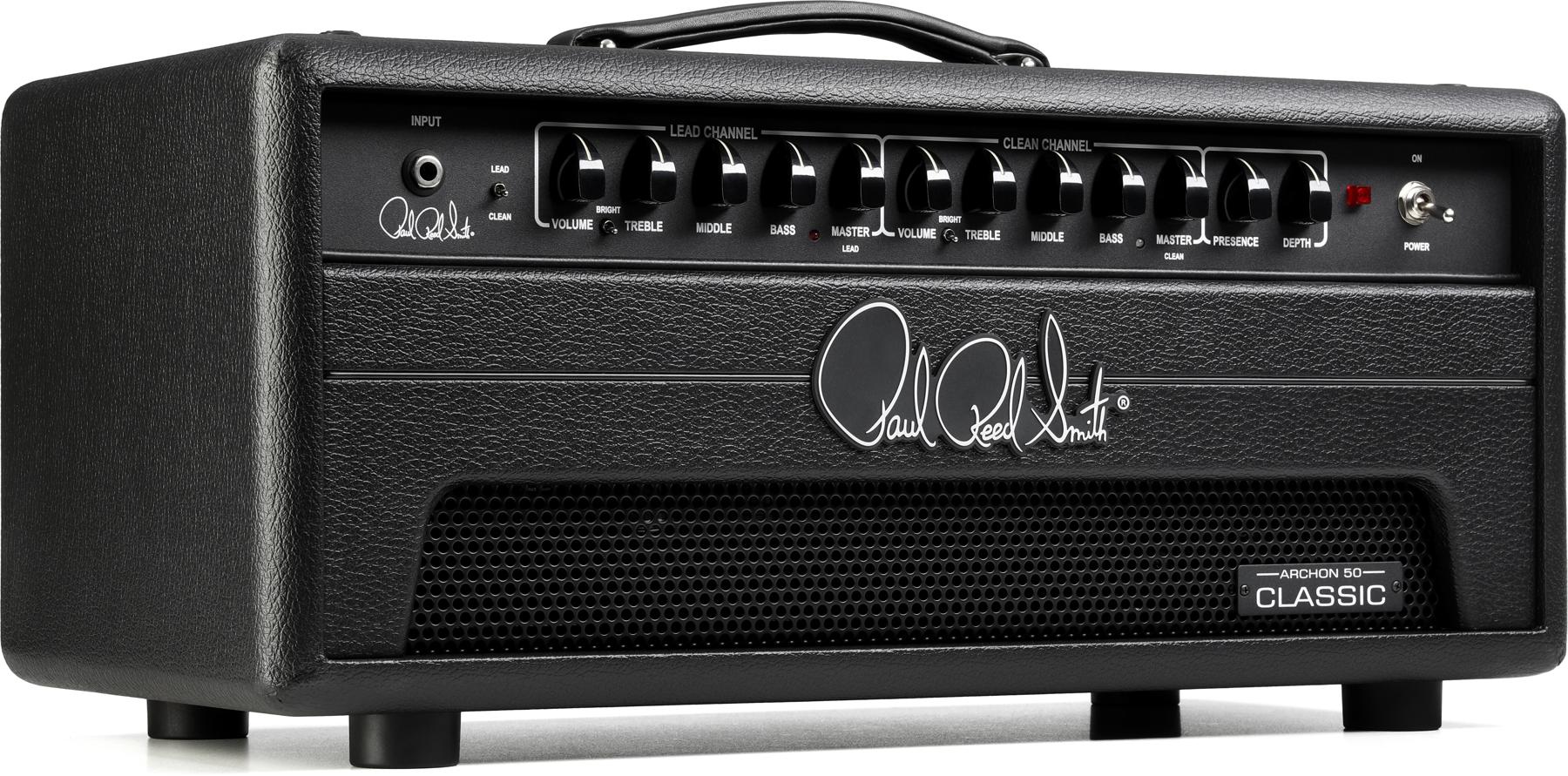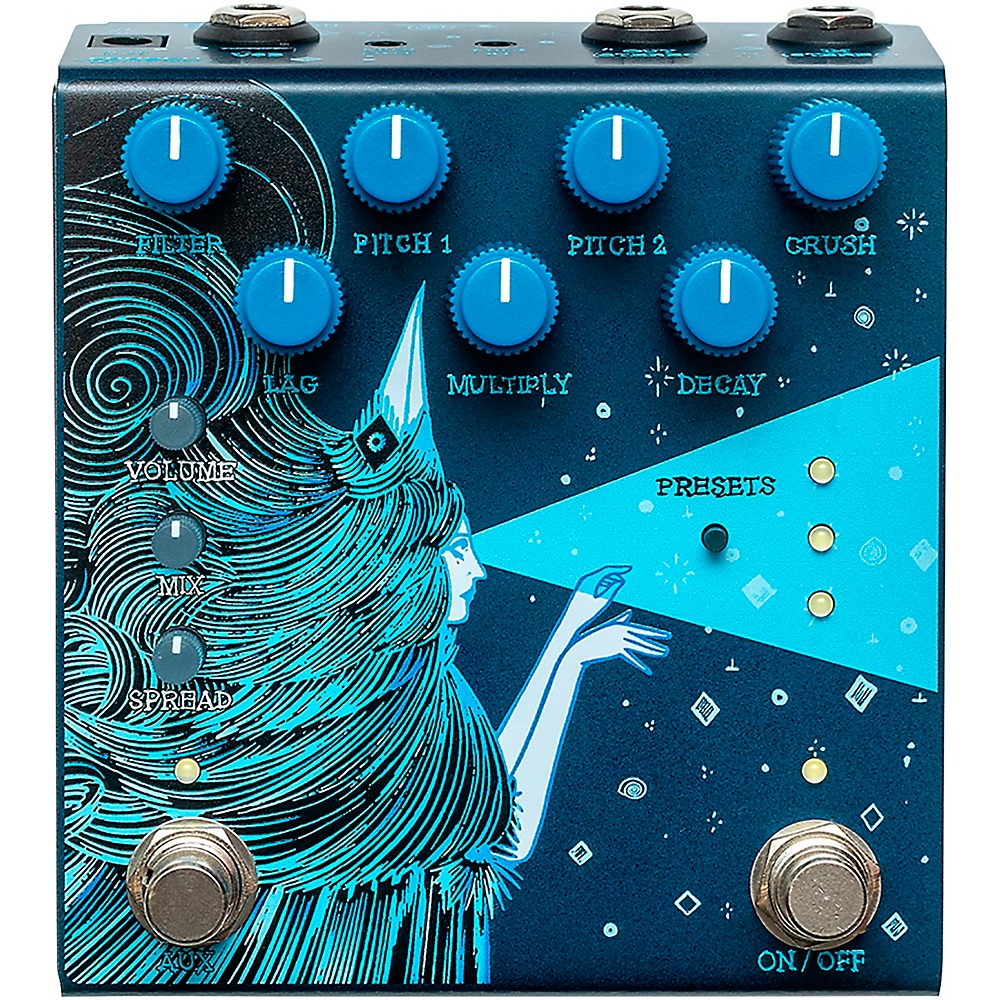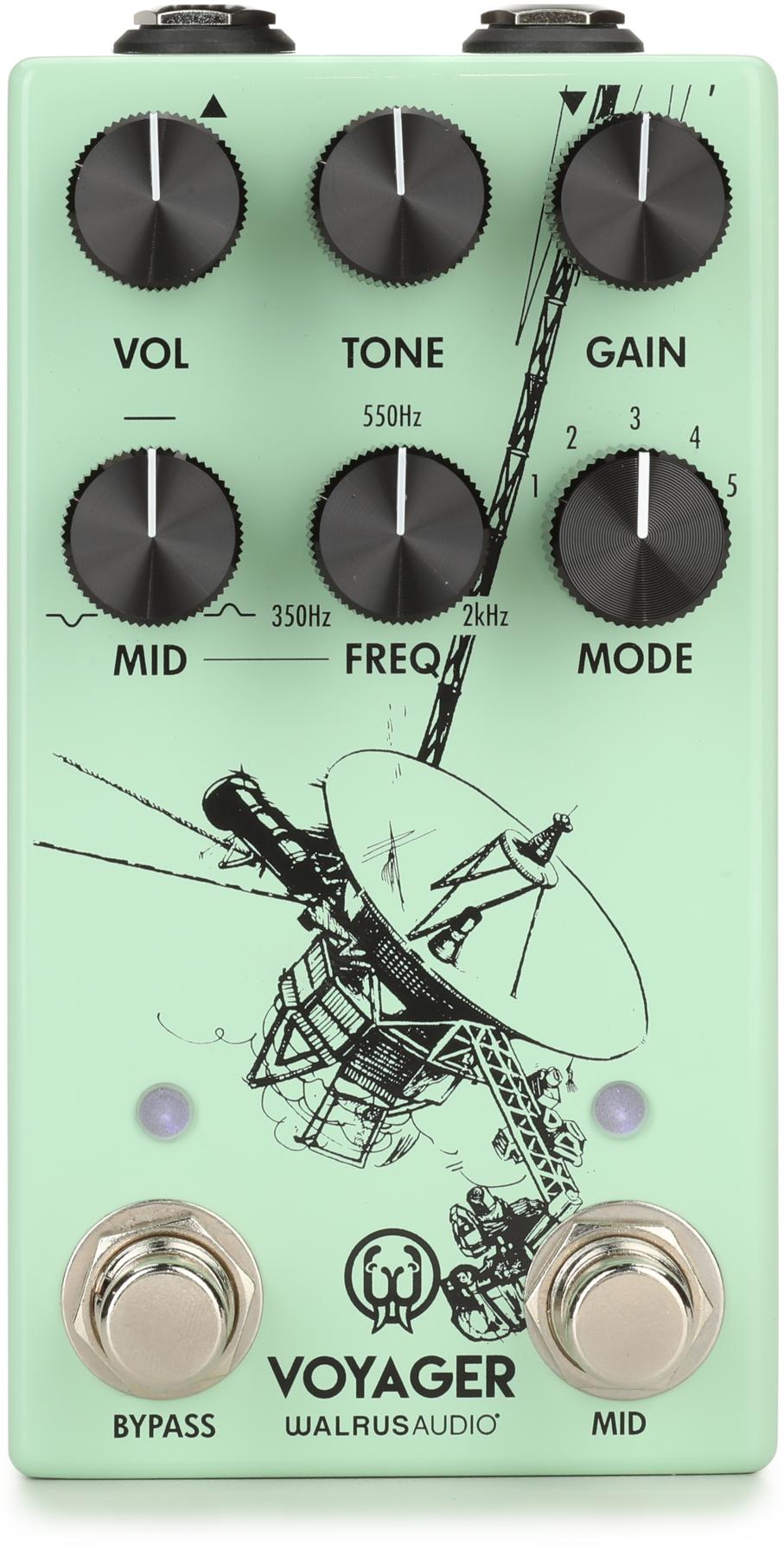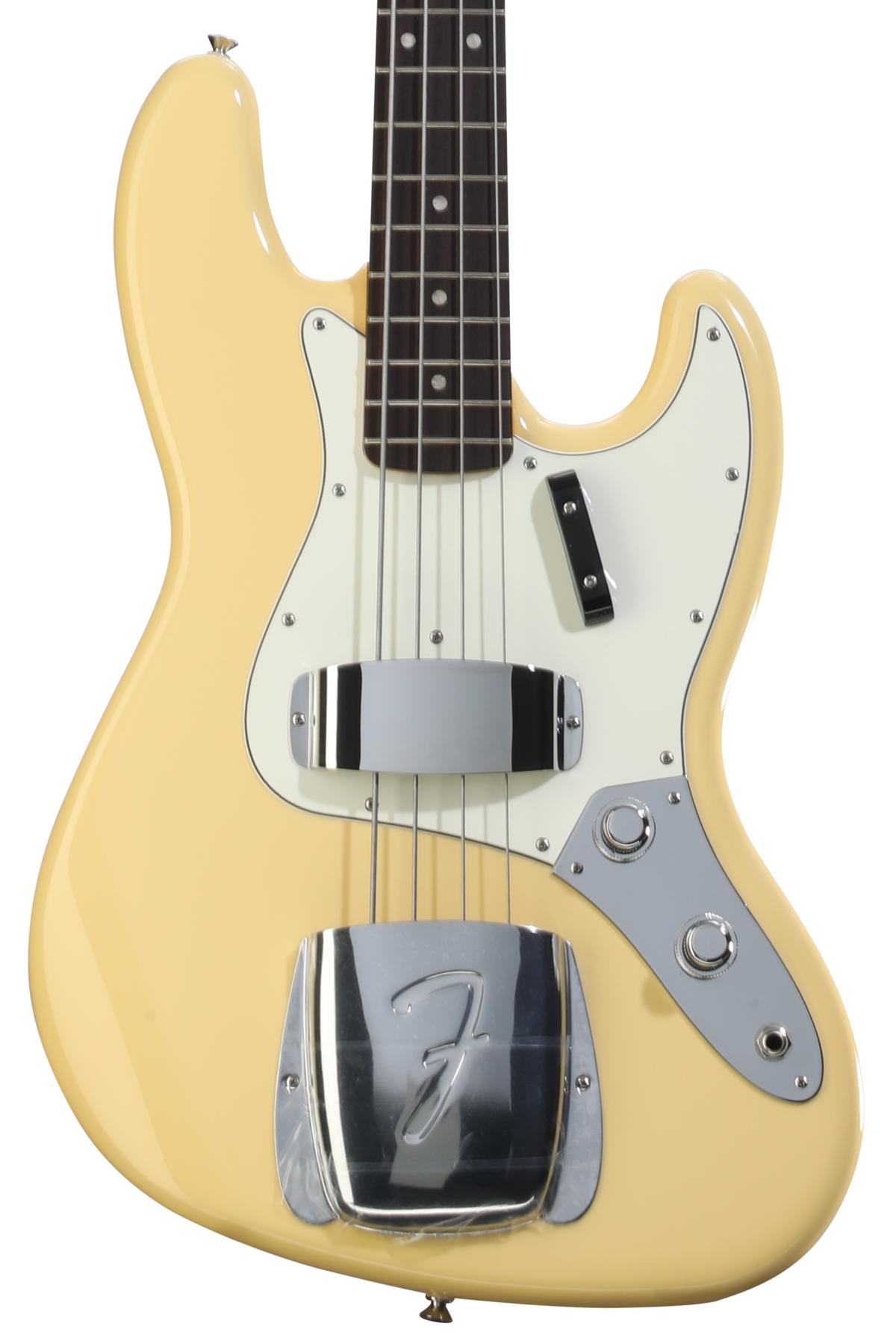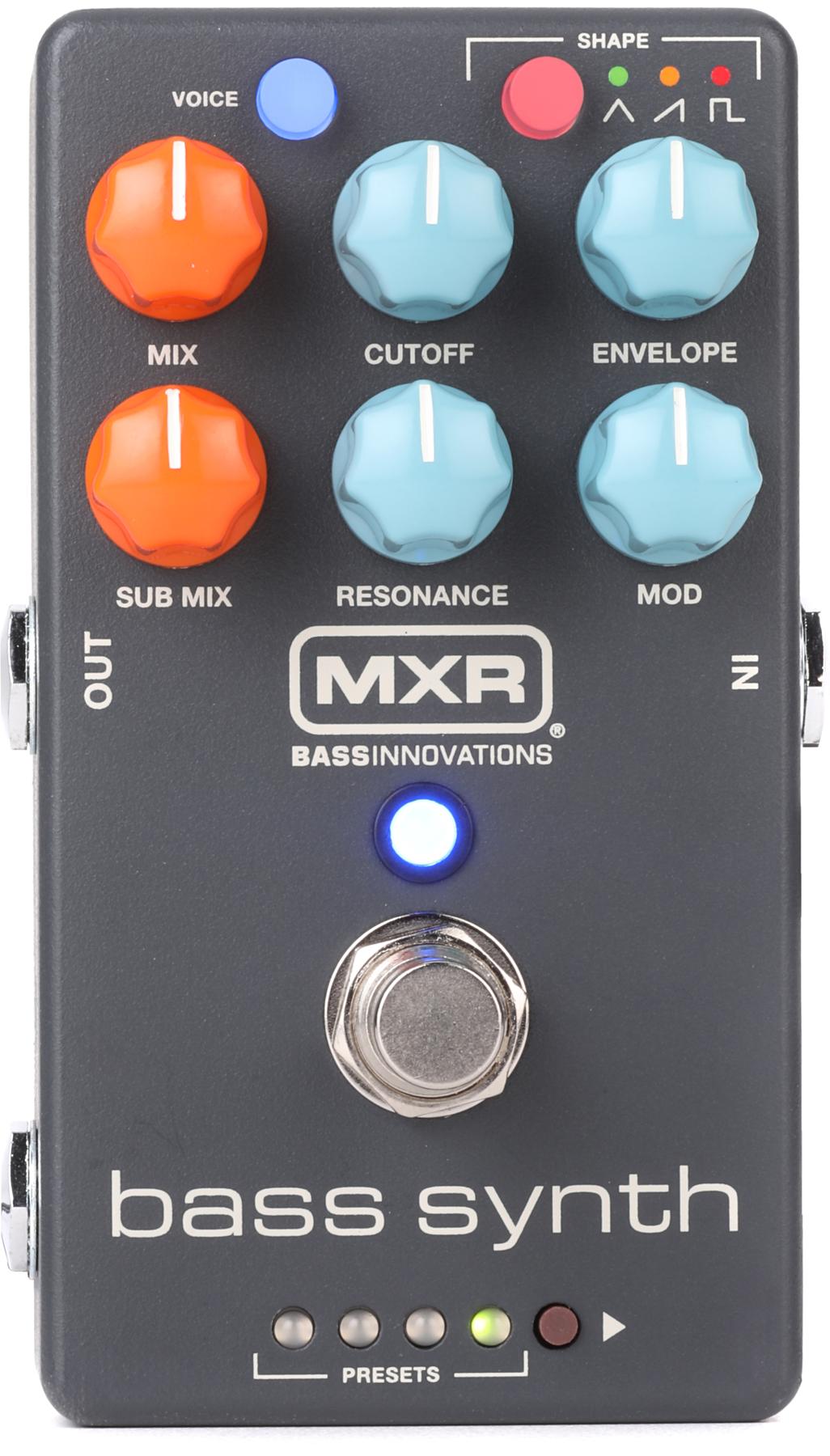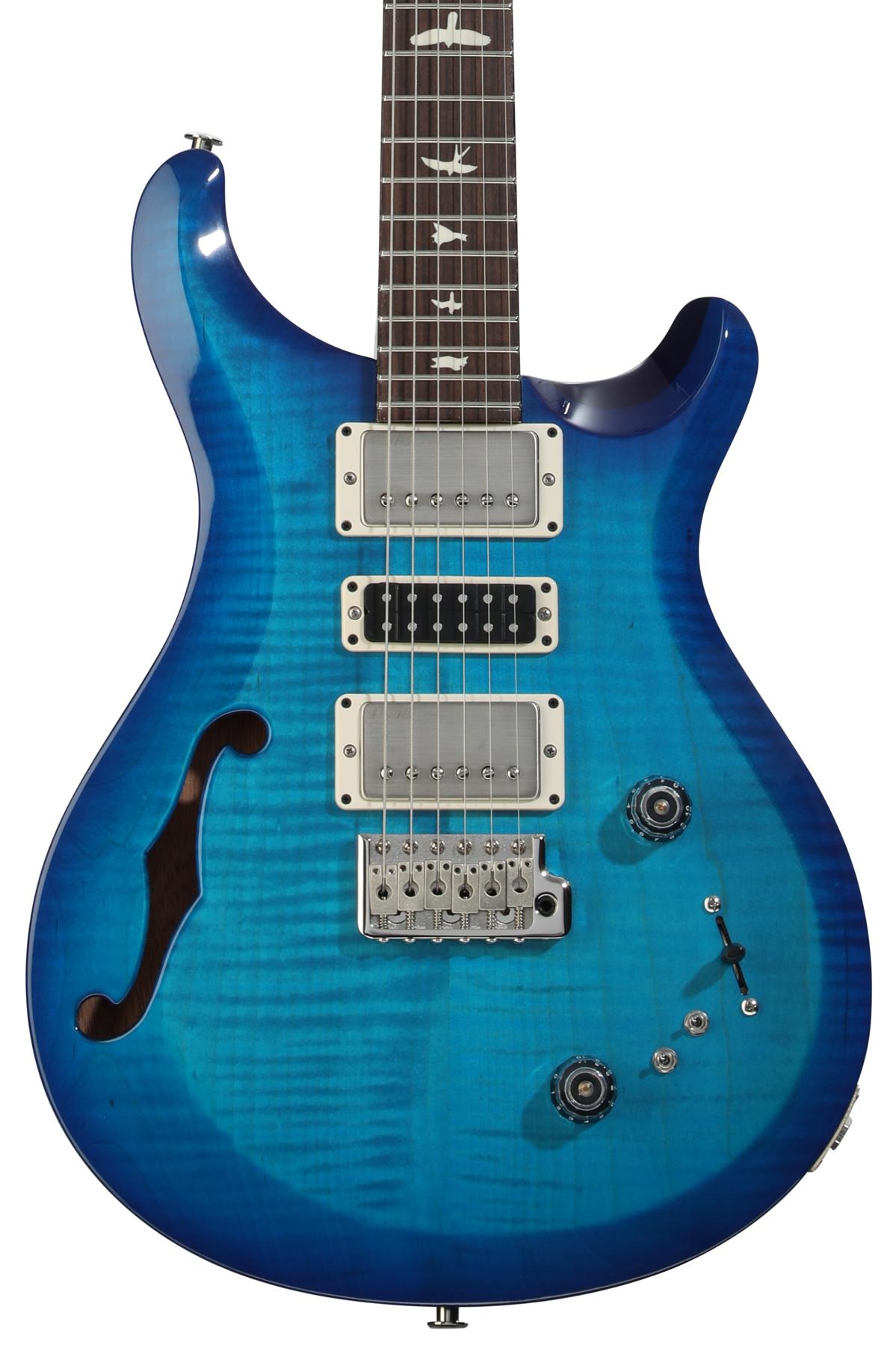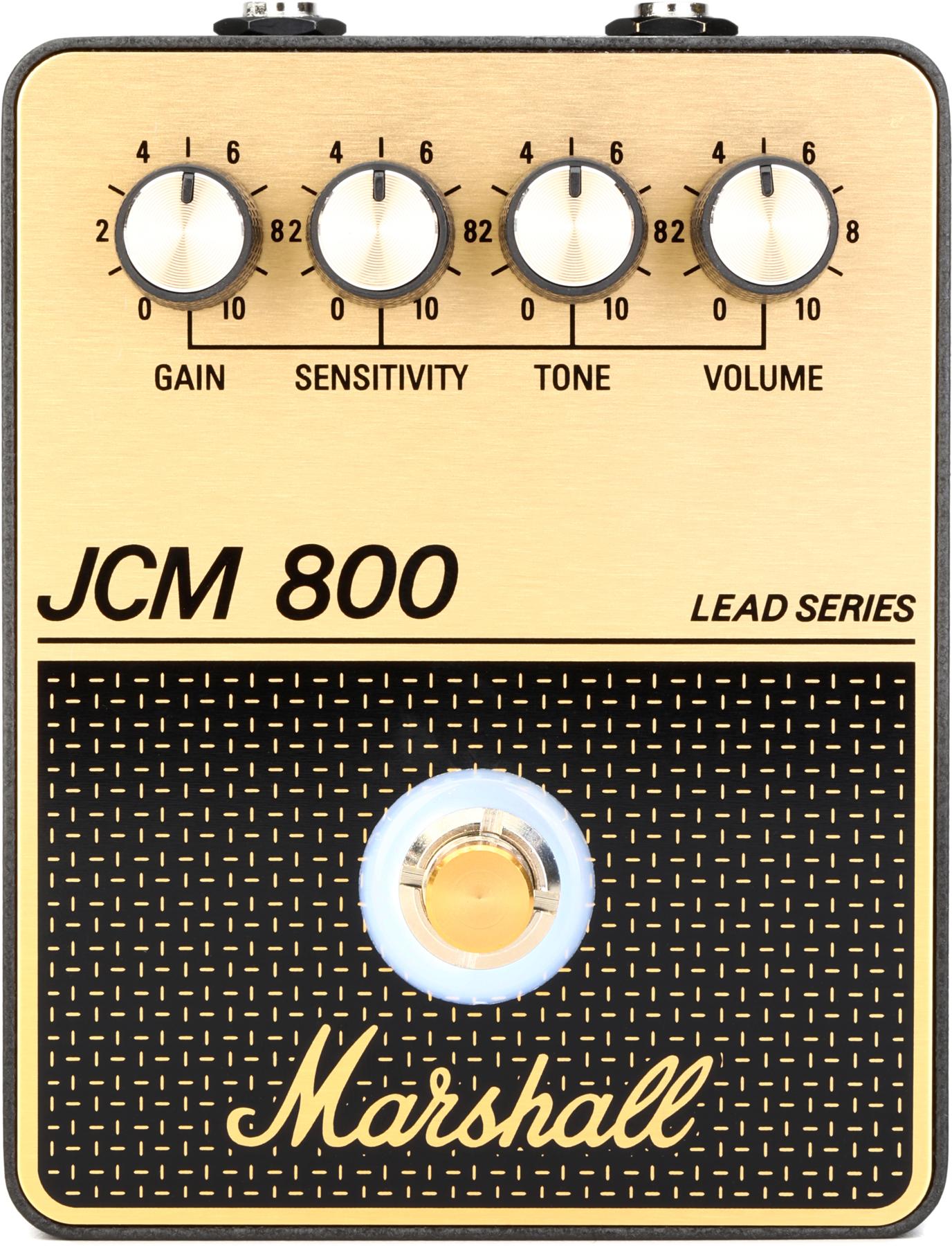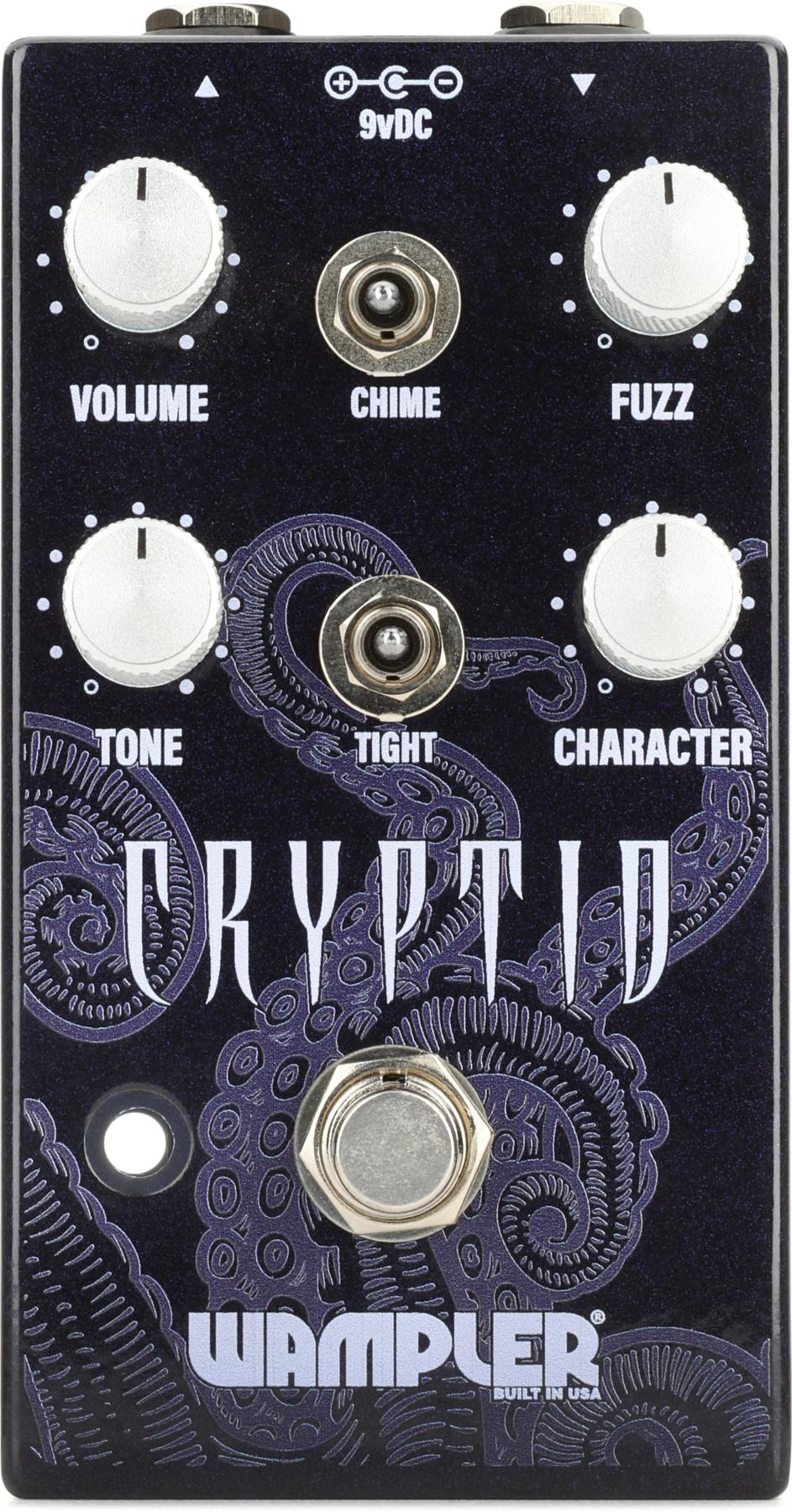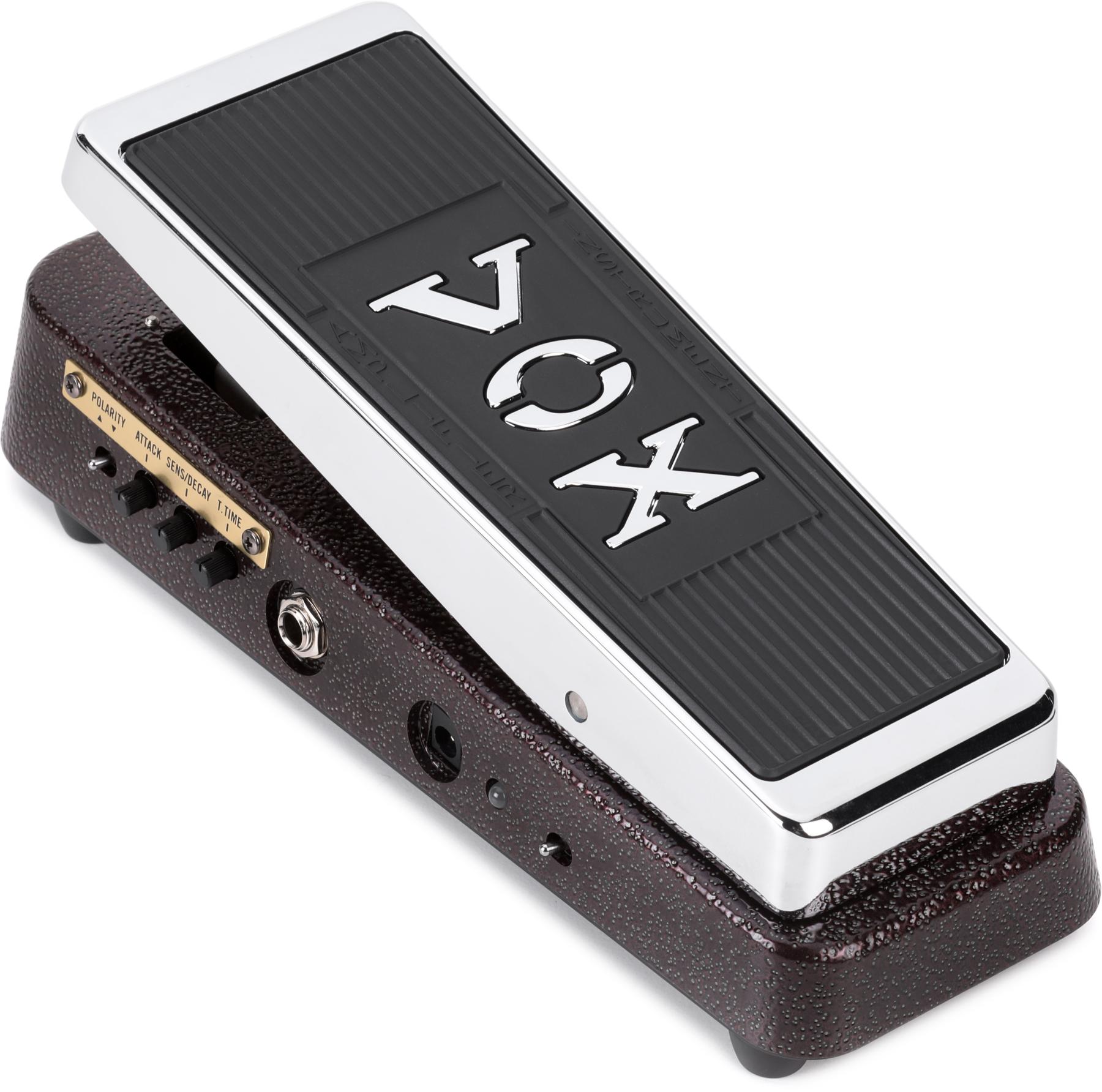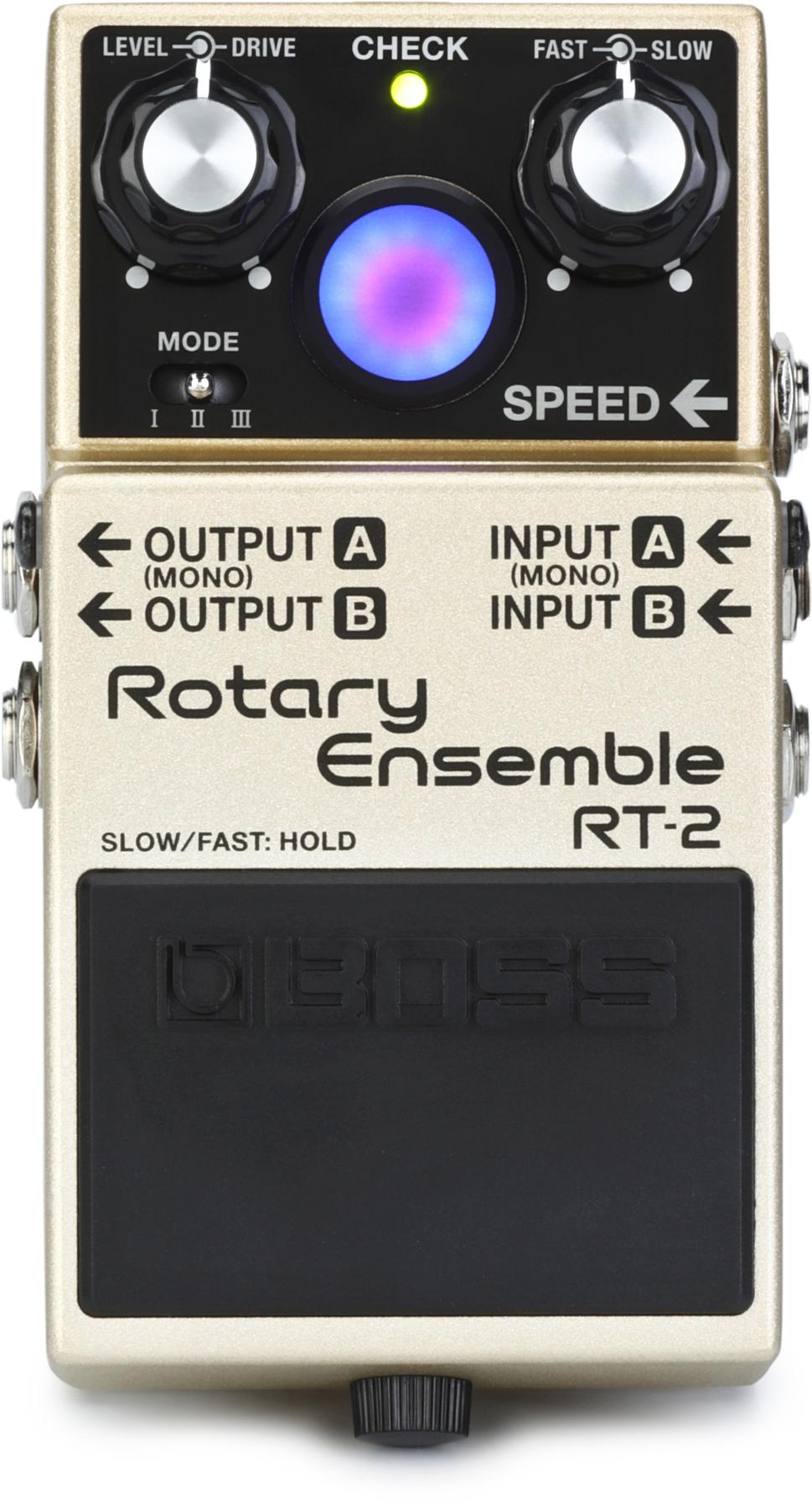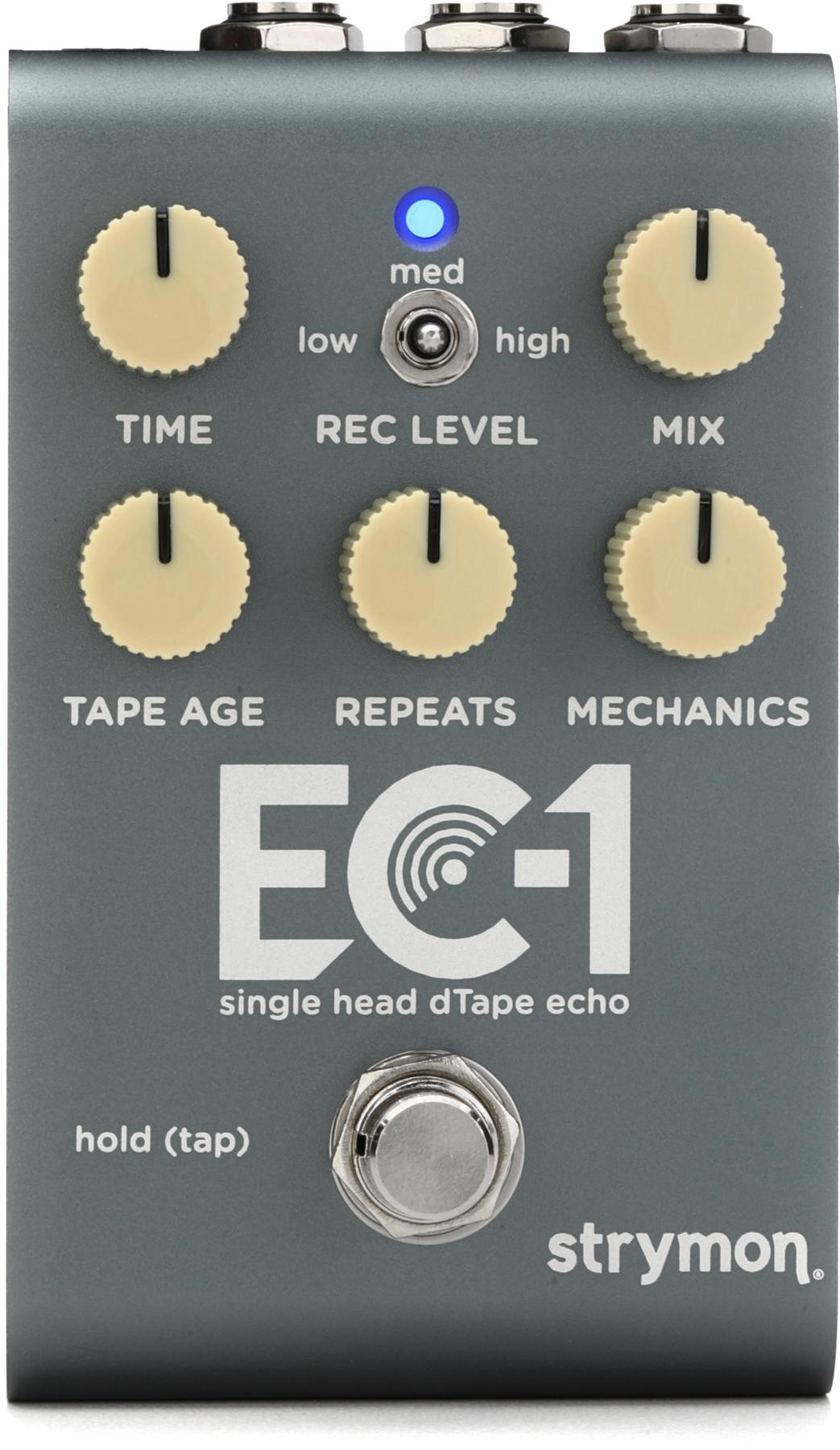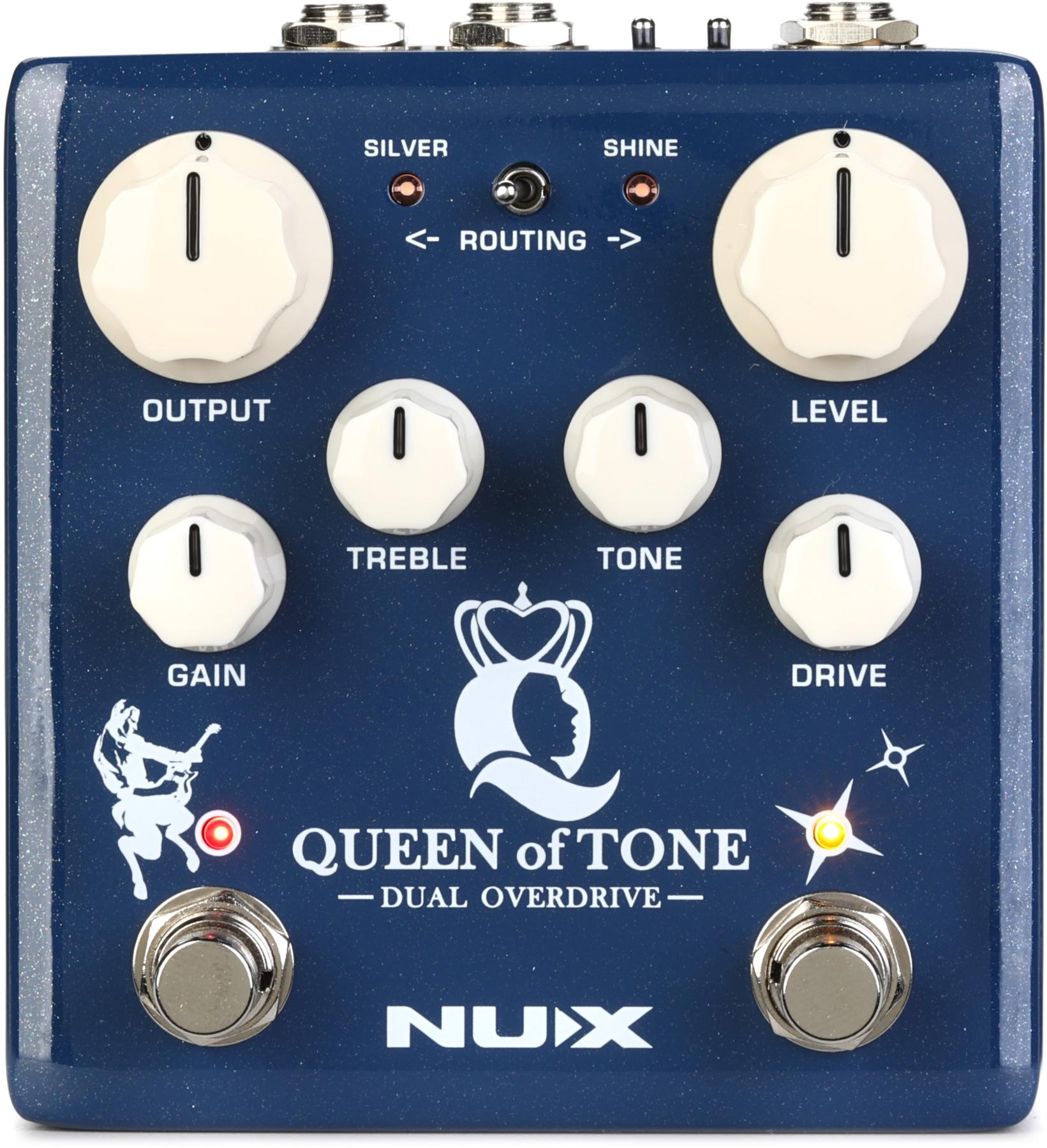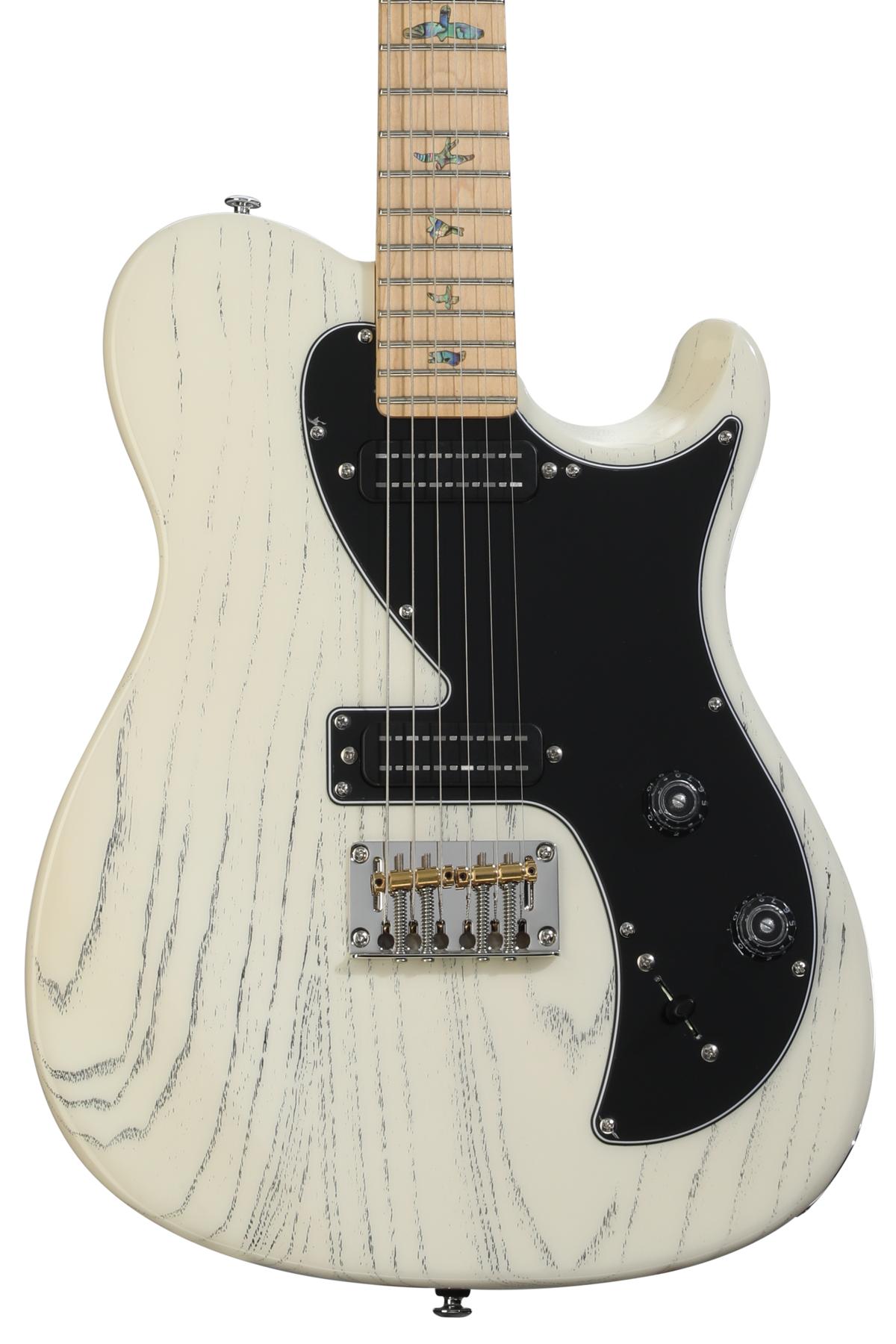“Recording is like capturing the song and the moment, and each one is a gem in its own way,” says producer/engineer Chuck Ainlay.
Doing most of his work in his BackStage Studio, located in Nashville’s Sound Stage Studio, Ainlay has worked on hundreds of albums. Over the past 12 months he won Engineer of the Year from the Academy of Country Music, and watched four of his other projects—Trisha Yearwood, Sugarland, Taylor Swift and Lee Ann Womack—also earn award nominations. His engineering on George Strait’s Troubadour helped that disc win Best Country Album from both the Country Music Association and the Grammys.
Ainlay is the man that Mark Knopfler calls on whenever it’s time to make a record. He recently completed the guitarist’s new album, Get Lucky, and remixed the Dire Straits Alchemy album for a 2010 Blu-Ray release. In addition, he engineered the new George Strait album, Twang, which recently entered the Pop and Country charts at No. 1.
Chuck Ainlay spoke with Premier Guitar about recording Get Lucky and capturing Knopfler’s signature guitar sounds.
How has your approach to working with Mark Knopfler changed over the years?
Mark and I have been working together since the last Dire Straits album, On Every Street [1991]. After that, he asked me to come along and help with his solo albums. I co-produce and engineer for him, and a few years back he built the most amazing studio on the planet, British Groves Studio. It’s everything Mark and I would talk about wishing we had under one roof, everything from old incredible analog equipment to the latest in digital, so if we have a thought of something we would like to do, we have the gear and the acoustic environment to do it.
With Mark, tastes change, and I’ve learned a thing or two over the years, but in general, it’s pretty similar from back when we did the Dire Straits album: it’s all about his fingers. That’s the whole thing with Mark. He doesn’t use a pick, so he has a lot of control over the tone, whether he uses his finger, fingernail or thumb, and where he picks it—close to the bridge or over the pickup. He gets such a variety of tones and dynamics that most guitarists don’t achieve. I don’t want to interfere by clamping down on the guitar with a compressor. I generally never use one unless he wants some kind of effect. Like back in the day, I use a Shure SM57 and a Neumann 67 close mic’ing and sometimes I’ll put up additional room mics. I have tried using ribbon mics on him, but with the tone we go for, the 57 and 67 is the thing we generally do.
If we’re tracking and want to get the sound of the amp bleeding into the room mics but can’t because the amp is isolated, I’ll record a DI and reamp it later. That’s not to say it’s what I’d do on everyone, but you can’t beat a 57 on a guitar amp, and I like it in combination with the 67. There’s more meat and more transparent high end at the same time. The two blend really nicely.
Mark used to play a lot with a volume pedal, but not so much anymore. He uses more brute force than he used to, and the tones on this album are really amazing. It’s one of those records, like all of his records, that covers a lot of territory. Fans will appreciate it. He’s got some really great electric guitar playing on it.
Can you become too comfortable within that working relationship? Is it harder to challenge a musician you know so well?
Mark doesn’t need anyone to tell him what he needs to do. Unlike most everybody else I ever worked with, when he writes, he visualizes all the way to the finished product. Sometimes we actually get the entire picture the way he saw it, but often we go through the process of recording and end up with something entirely different that Mark’s happy to settle for. He knows whether his guitar playing has to be sweet or dynamic or rough. He has a real clear picture of what it needs to be at the end. You work with him to say, “Let’s try it again,” and we work through things by comping different passes. If it’s not all there, I might suggest he play some more. He’s very critical of himself, and he plays so many great things that you end up with too much, carve through what he’s played and get rid of little bits and pieces.
When he overdubs, he likes to do it from the control room where he can hear what he’s playing in a mix the way it would be in the final record. So you get to sit next to him while he’s laying down all these incredible riffs. Once again, I realize that at one time I had aspired to be a guitar player; I quickly put it away when I get near somebody like that!
He’s got a pretty amazing collection of guitars, and a lot of it is about choosing the right guitar and amp. He has a lot of vintage and new gear for whatever gets the right tone. Les Pauls, Strats, Teles, Marshalls, Fender Bassman—the best years, the tones just come out amazing. A lot of my job is not getting in the way of that, so it’s a pretty simple mic’ing technique we devised and then guitar, amp and volume. I wish I could make it sound like a much harder job, from my perspective, but it’s not! Part of it is realizing when not to get in the way. Most engineers start out wanting to impress everyone, with all the knob turning and gear they patch in, but once you’ve been there and done that, you realize it’s all about the musician and singer, and it has to do with your knowledge of what mic and what preamp.
With this record, we did almost everything on analog—two 16-track Studer A-800s locked together. When tape started to disappear, Mark bought up the remaining Emtec 900 tape, which is my favorite, and put it in a vault, Rather than run through reels, we record to analog and transfer to 96k digital Nuendo then rerecord over the tape. In the past we tried to retain all the analog multi-tracks to mix from, but it gets manipulated along the way with comps and edits and there’s nothing valuable on the analog anymore. Now we transfer immediately after tracking to 96k digital, but mix back to analog on three ATR-100 two-tracks. One is a 30 IPS half-inch and two 15-IPS one-inch two-tracks with different electronics that Mike Spitz of ATR Services built for us.
When did the sessions begin?
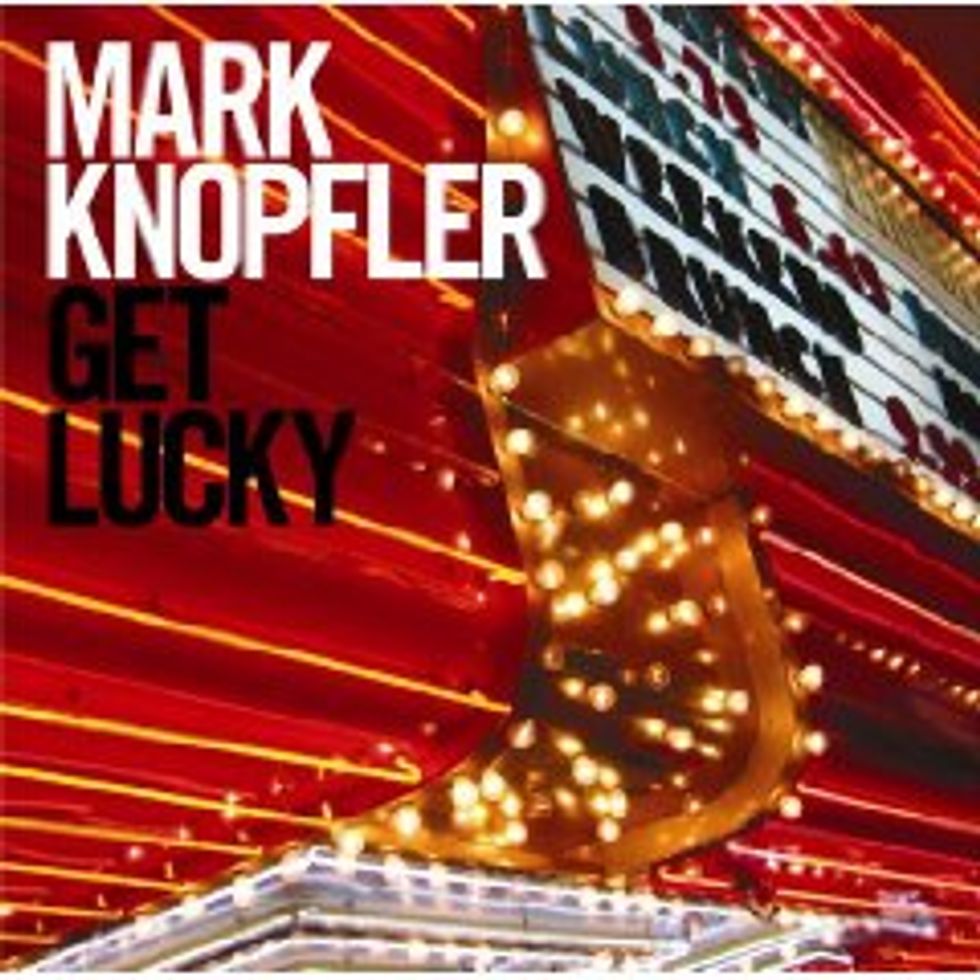 Mark and Guy Fletcher, his keyboard player since Dire Straits, did pre-production in October and November 2008 to develop half a dozen songs, the same way we did the previous album. Some songs Mark felt he had to explore in his own way to find out what they required before getting input from all the musicians in the room at once.
Mark and Guy Fletcher, his keyboard player since Dire Straits, did pre-production in October and November 2008 to develop half a dozen songs, the same way we did the previous album. Some songs Mark felt he had to explore in his own way to find out what they required before getting input from all the musicians in the room at once.
We came in as a band in late November or early December and rerecorded much of what they did in preproduction. We kept some elements, his vocals and acoustic and electric guitar. In some cases we abandoned the preproduction entirely and rerecorded the songs.
Eight songs came out of those two weeks. We came back in mid-February for another couple of weeks of recording. In the meantime, Mark and Guy had done some more work on the recordings from December.
Were there days when a session just wasn’t happening?
You have those days occasionally, those songs that don’t want to be recorded and there’s probably a good reason why. If you have more songs, it might be time to move on and come back to it or try something else. We’ve run into that with songs Mark presented to us. One song we did, a beautiful song he wrote for this guitar builder, we started out with two guitar players, Mark and Richard Bennett, who plays on the road and in the studio with Mark on all his solo albums. We started out that Richard would play the guitar this builder made and Mark would play another acoustic he thought would be great for soloing on. We tried and tried and tried and it wouldn’t happen. I said, “Maybe you should play electric, Mark,” but that didn’t do it, either. They ended up swapping the two acoustic guitars and it turned out so fabulous because the voice was Mark on the guitar. It’s about trying different things. You may have an idea about the song, visualize the way it will turn out, and it may be entirely different. Trust yourself. When you know it’s not happening, try something else. Suggest trying something else. Get rid of the drummer!
Is there a Chuck Ainlay sound?
I really try to not have my own sound. Engineers, producers, musicians and artists get pigeonholed by recordings that have been successful, and oftentimes people think of me as only able to do certain kinds of music because it’s what they reference, whereas I feel I can do lots of styles of music. I try to make my records be meaningful to the songs rather than, “Here’s what I do, and the song is going to fit into that stamp.” It’s been an accomplishment to some degree. I try and preserve the dynamics and warmth in the recordings. Today it seems that everybody tries to make a record that’s squashed, and the warmth is taken out to make it stand up on radio. I think you can accomplish great radio records and still be able to listen to them on great playback systems in good quality environments. That’s what I try to do. It just takes a little more effort. It’s easy to squash a record and make it really loud.
Several years ago, Dann Huff told me in an interview, “It's not about a piece of gear, or everybody would have a good sound.”
I absolutely agree. It’s not about a piece of gear. Mark is a perfect example. He has the best guitars and amps, but it’s about the touch and what he chooses to play. The fact that he’s got incredible guitars and amps makes it even better, but it’s definitely not about a box you might be able to buy. Sometimes a guitar or box will motivate you to go someplace new, the feel of each guitar has its own personality and asks of you something different, and I see the value in that because they all have something to offer, but I totally agree with what Dann’s saying.
Obviously, the digital audio workstation has changed the way everybody makes records. It does ignore analog, which is a shame because you can benefit from the way analog soft-compresses transient and the nice harmonic distortion at peak levels. It adds warmth. The DAW and its capabilities by enabling plug-ins are pretty amazing, though. You have a huge palette right there.
On this album we used no plug-ins, with the exception of the de-esser on vocals. That’s not to say we didn’t use some MIDI synth stuff, but all the recording was done using the real thing—Fairchild, Pultec, Neve. I don’t think plug-ins are as good as the real thing, but to have the availability of, say, 20 Fairchilds is amazing. People can explore things with a DAW that would have been very difficult to do with only analog.




















